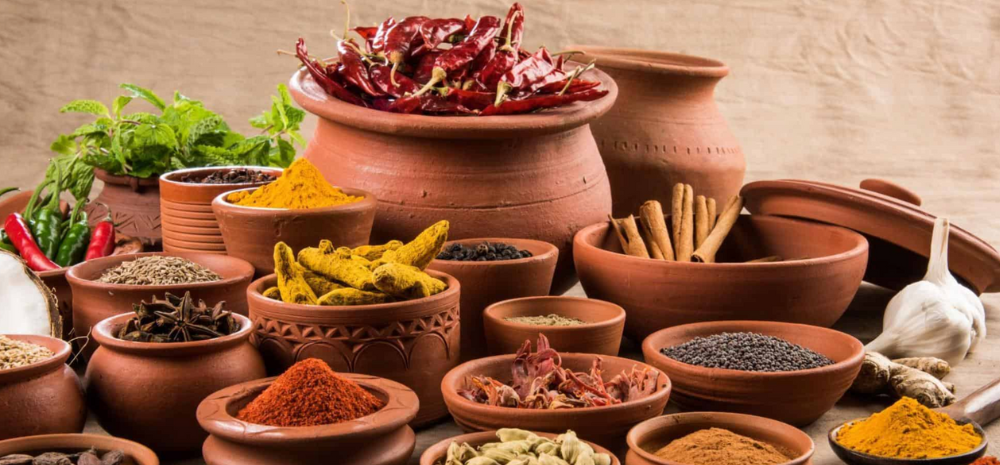India, known globally for its rich and diverse spice production, is currently facing a significant safety crisis. Nearly 12% of the spices tested in recent months have failed to meet the stringent safety standards set by the Food Safety and Standards Authority of India (FSSAI). This alarming statistic has sparked widespread concern, especially as the FSSAI itself faces criticism for its recent regulatory decisions.

The Troubling Findings
A recent report by the FSSAI revealed that out of 4,054 samples of spices tested between May and early July 2024, 474 failed to meet quality and safety parameters. These findings were obtained through a Right to Information (RTI) request and underscore a serious issue within India’s spice industry. While the report did not specify which brands were affected, the FSSAI has indicated that legal actions are being initiated against the companies involved in this safety breach.
This crisis comes on the heels of a major scandal in April, where leading Indian spice brands such as Everest and MDH were found to have products contaminated with ethylene oxide, a carcinogenic pesticide banned in several countries. The discovery led to international recalls and bans in markets like Hong Kong, Singapore, and the Maldives, and prompted stricter import regulations in other nations, including Australia and the United States. These developments are particularly concerning given India’s position as a global leader in spice exports, with the industry valued at $4.64 billion in FY2024-24.
Controversial Regulatory Decisions
Amid these safety concerns, the FSSAI made a contentious decision to raise the maximum residue limits (MRLs) for certain pesticides earlier this year. MRLs represent the highest legally tolerable level of pesticide in food, and raising these limits effectively means allowing higher levels of potentially harmful chemicals in food products. Although the FSSAI justified this move by stating that the changes only apply to imported spices and that India maintains some of the strictest MRL standards globally, the decision has sparked significant debate.
Critics argue that raising MRLs compromises food safety and prioritizes industry interests over consumer health. This decision has not only caused public concern but has also led to confusion among international buyers, who may view it as a step backward in ensuring the safety of Indian spices.
The Need for Stricter Enforcement
The ongoing safety crisis has intensified pressure on the FSSAI and the Indian government to take more decisive action. There are growing calls for stricter enforcement of food safety regulations, more rigorous testing protocols, and greater transparency in how safety standards are established and modified. Restoring confidence in the safety of Indian spices is crucial not only for protecting consumer health but also for maintaining the country’s reputation as a leading spice exporter.
In conclusion, the Indian spice industry is at a critical juncture, and the actions taken in the coming months will be vital in determining its future. Addressing these safety concerns with transparency and rigorous standards is essential for rebuilding trust in this vital sector of the Indian economy.













